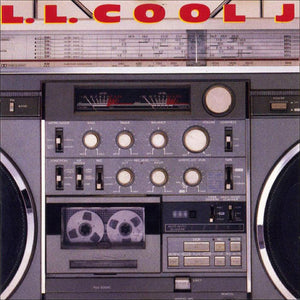The Boombox Era
Aug 24, 2019
In a world where we have Airpods tiny enough to wear almost unnoticed and can stream music from a wrist watch, its hard to imagine that once in our not so distant past, a music box that rode on your shoulders and boomed tunes for all the world to hear wasn’t just a coveted item, but a status symbol. If you weren’t around during this slice of American history or can’t remember, never fear, let’s take a brief glimpse into this vintage era that shaped not just how we listened to music, but shaped the music we listen to today.
Boomboxes first started showing up on the streets of the US in the late 1970s. Not only did we want our hair bigger and our cars faster, we wanted our music louder. So when Sears and K-Mart began carrying boomboxes on their shelves in the urban areas of NYC, LA, and DC they were a big hit. What consumers found in the boombox was not just portability but also that wonderful sound of booming bass. As the music got louder and the bass got heavier, boomboxes got larger and heavier as well. By the time the mid 1980s rolled around, some of us were carting suitcase-sized boomboxes around on our shoulders!
The portability factor of these boxes was key to their rise in popularity as well. Before we had Walkmans or iPods this was the only way to share your music and listen on the go. Urban youth turned them into status symbols. This led to the rise in more extravagant boxes. In the late 70s it was vertical turntables, in the 80s it was double deck cassette players, so you could listen and record at the same time. Some even had input/output jacks for microphones or headphone jacks. Models like the JVC RC-M90 and the Sharp GF-777 were considered supreme because of their ability to drown out the competition in street music battles.
As they became bigger and better, musicians began jumping on the fad as well. Many would even go so far as to say the dawn of hip-hop might not have happened without the influential booming bass from boomboxes. The Beastie Boys had a signature boombox and The Clash carried one at all times. LL Cool J not only wrote a love song about a boombox, the JVC RC-M90 was featured on the cover of his first album “Radio”. This box is one of the most sought after boomboxes to this day, and if found could set you back somewhere around $800.
But as the 1990s came into view, technology like the Walkman and better car stereos began replacing the need to carry a heavy box, and subsequently, boomboxes quickly starting disappearing from our city streets. But although gone is the booming sound, the iconic image of the boombox remains a powerful reminder of that page in history when music went mobile for the first time and brought us all a little closer.






